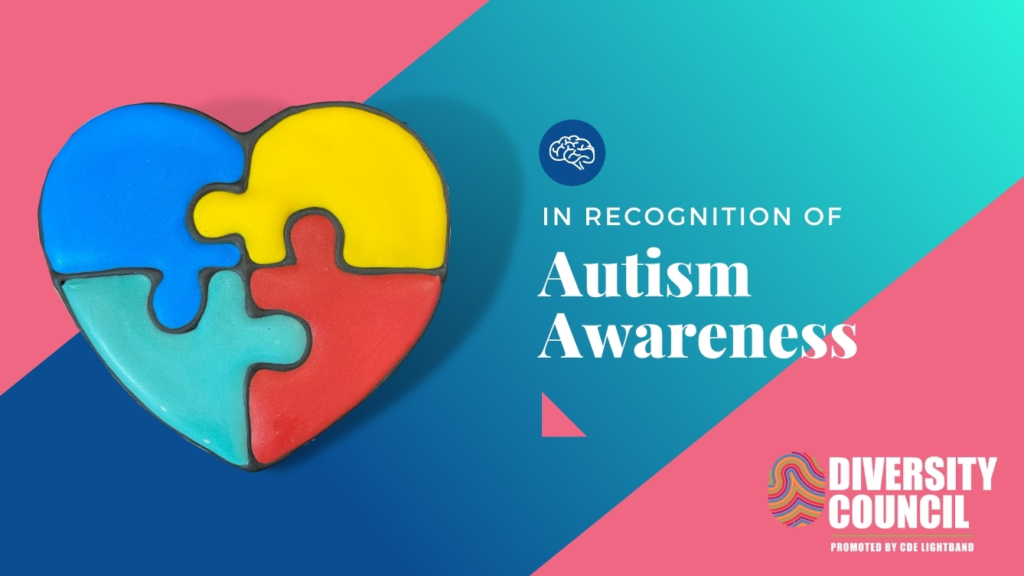There is no one type of autism, but many.

What is Autism?
Autism, or autism spectrum disorder (ASD), refers to a broad range of conditions characterized by challenges with social skills, repetitive behaviors, speech and nonverbal communication.
Did You Know?
According to the Centers for Disease Control, Autism affects an estimated 1 in 54 children in the United States today.
Signs of autism usually appear by age 2 or 3. Some associated development delays can appear even earlier, and often, be diagnosed as early as 18 months. Research shows that early intervention leads to positive outcomes later in life for people with autism.
Several factors may influence the development of autism, and is often accompanied by sensory sensitivities and medical issues such as gastrointestinal (GI) disorders, seizures or sleep disorders, as well as mental health challenges such as anxiety, depression and attention issues.
In 2013, the American Psychiatric Association merged four distinct autism diagnoses into one umbrella diagnosis of autism spectrum disorder (ASD). They included autistic disorder, childhood disintegrative disorder, pervasive developmental disorder-not otherwise specified (PDD-NOS) and Asperger syndrome.
Early intervention can change a life.
Reference: https://www.autismspeaks.org/what-autism
CDE Lightband’s Robert Sidio’s Journey with Autism
As the parent of a child on the spectrum, each day brings a new set of challenges. Some days are “typical” and as long as a few specific events do or do not happen, it can be managed much like any other child. Then there are the difficult days. Maybe the pants that you washed are a bit stiff and thus the texture is different, or maybe the cat is being obnoxious and loud when he is trying to learn about something he doesn’t want to, in any case, what would be a mild annoyance to us, becomes the single most important issue when you have ASD.
It is like you are trying to read something important and understand it, while someone is backing up a large truck with a backup horn, right next to you while someone else is pulling on your hairs one at a time over and over. Anything that we learn to process and filter, many people with ASD are unable to apply that filter and thus, it becomes impossible to ignore. Add in some social awkwardness and you have the perfect blend of pure chaos.
While I may never be able to empathize with my child and his ASD, I can sympathize and as I find ways for him to cope, teach him those skills so that he can learn to manage it better, himself.
